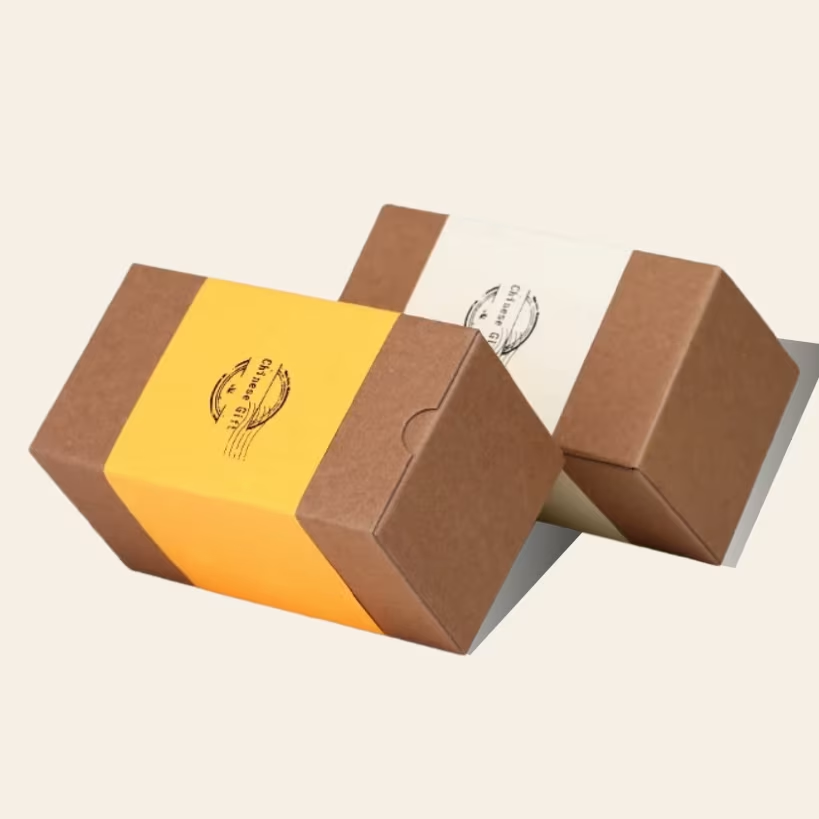Creating adequate sleeve box packaging involves understanding your customers, optimizing design, and enhancing the unboxing experience. You can create adequate sleeve box packaging that protects products during transit, enhances customer satisfaction, and promotes your brand effectively. Here are some key tips and tricks to consider:

1. Understand Your Customer Profile
Building a detailed customer profile is essential for designing sleeve boxes that resonate with your audience. Consider their preferences for colors, materials, and sustainability. If your target market values eco-friendliness, use earthy tones and highlight recyclable materials in your packaging design.
2. Optimize Space and Design
Utilize solid shapes like squares or rectangles to maximize space within the box. Ensure that the contents are arranged neatly to avoid movement during transit. Avoid using excessive fillers that can obscure the product’s visibility; opt for simple materials like tissue paper that enhance the presentation without cluttering the box.
3. Create a Unique Unboxing Experience
Design your box sleeves to provide a memorable unboxing experience. This can be achieved through custom graphics for each delivery, making each package feel special. Seasonal designs or thematic variations can keep your brand fresh in customers’ minds without incurring high printing costs.
4. Use Quality Materials
Select sturdy materials such as corrugated cardboard for added protection during shipping. This type of packaging is lightweight yet durable, making it ideal for various products, including fragile items. Consider eco-friendly options made from recycled materials to appeal to environmentally conscious consumers.
5. Incorporate Branding Elements
Enhance brand recognition by incorporating stickers or labels on your sleeve boxes. These can serve multiple purposes: sealing the box, providing product information, or simply adding aesthetic appeal. For a premium look, experiment with different sticker types, such as foil or embossed stickers.
6. Consider Filling Materials
Choose appropriate filling materials to cushion products during shipping. Options include biodegradable packing nuts, crumpled paper, or air pillows. These protect the items and can also be eco-friendly alternatives that align with sustainable branding practices.
7. Design for Reusability
Encourage customers to reuse your sleeve boxes by designing them attractively and functionally. If the box is visually appealing and sturdy enough, customers may choose to keep it for future use, which enhances brand loyalty and sustainability.
How can I make my Sleeve Boxes more Sustainable?
Enhancing the sustainability of your sleeve boxes involves selecting eco-friendly materials, optimizing design, and implementing practices that reduce environmental impact. You can significantly improve the sustainability of your sleeve boxes, benefiting your business and the environment.
1. Use Recycled and Eco-Friendly Materials
- Recycled Cardboard: Opt for sleeve boxes made from recycled cardboard, which reduces landfill waste and requires less energy than new cardboard.
- FSC-Certified Sources: Ensure your cardboard comes from responsibly managed forests by sourcing from suppliers with Forest Stewardship Council (FSC) certification.
- Compostable Options: Consider using compostable materials for your sleeves. For instance, some companies offer sleeves made from cornstarch or cassava that break down naturally.
2. Choose Eco-Friendly Inks
Print your boxes using soy-based inks instead of petroleum-based inks. This choice minimizes contamination during recycling processes and supports overall sustainability efforts.
3. Reduce Packaging Size
Optimize the dimensions of your sleeve boxes to fit products snugly, which reduces the amount of filler material needed and minimizes shipping costs. Smaller packaging also decreases carbon emissions by transporting more items simultaneously.
4. Minimize Lamination and Additional Coatings
Avoid using lamination or other coatings that can hinder recyclability. Keeping the design simple ensures the boxes can be quickly processed in recycling facilities.
5. Implement Reusable Designs
Design sleeve boxes that customers can reuse for other purposes. This not only extends the life cycle of the packaging but also encourages sustainable practices among consumers.
6. Educate Customers on Recycling
Provide clear instructions on how customers can recycle or reuse the boxes after they receive their products. This guidance can help reduce waste and promote a circular economy.
7. Incorporate Innovative Materials
Explore new materials like mycelium (mushroom-based packaging) or seaweed, emerging as sustainable alternatives to traditional packaging materials like plastic.




